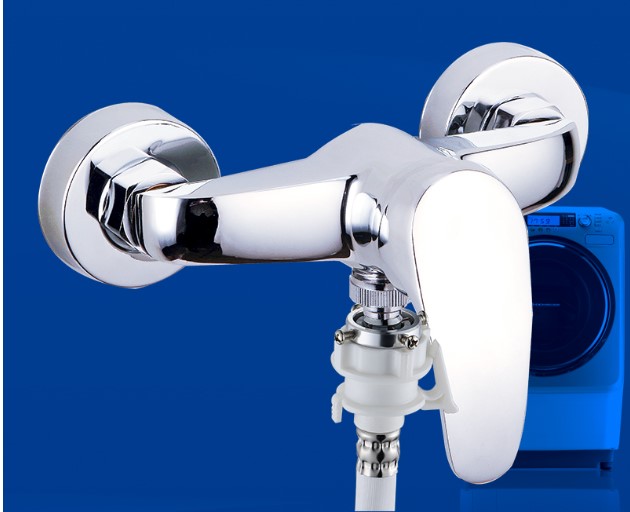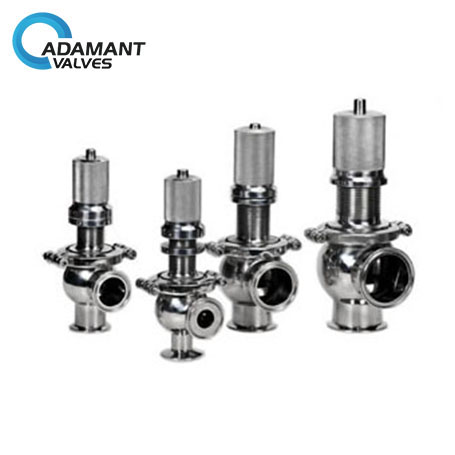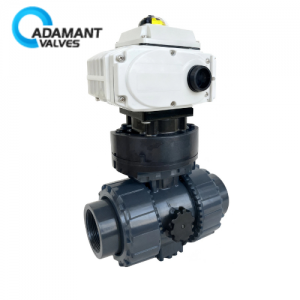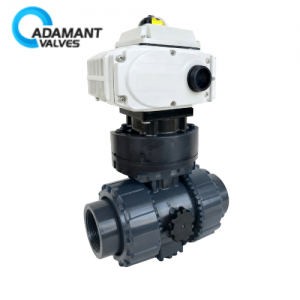Causes of Noise from Pressure Relief Valves

Your pressure relief valve is making a strange noise, and you’re worried about potential damages to the surrounding pipes and valves. When you hear moaning noises coming from a valve, or even sounds like sputtering, vibrations, or hissing noises coming from your pressure relief valve, it can be a cause for alarm. You’ll want to find the root cause of your noisy valve as soon as possible, and we’re here to help.
Why Is My Pressure Relief Valve Making Noise?
There are many reasons why your pressure relief valve is making noises. In some cases, these noises can be a sign your pressure valve is bad. In order to help you diagnose the problem, let’s divide the causes into the following three categories of valve noises: mechanical vibration noise, fluid dynamics noise, and aerodynamics noise. Now, let’s take a closer look at each of these causes of noises from sanitary pressure relief valves.
1. Water Pressure Regulator Valve – Mechanical Vibration Noise
Various parts of pressure relief valves produce mechanical vibrations when fluid flows through them. Usually, this vibration is not noticeable, but it can become a nuisance when maintenance is required. These mechanical vibrations can be divided into two types:
1) Low-frequency vibration
Low-frequency vibrations are caused by jets and pulsations in the fluid medium brought on by fast flow rates at the valve outlet, unreasonable or inefficient pipeline layouts, and insufficient stiffness of the active parts of the valve.
2) High-frequency vibration
High-frequency vibrations create resonance when the natural frequency of the valve coincides with the excitation frequency caused by the fluid flow. This phenomenon occurs within a certain range of pressure-reducing sanitary pressure relief valves. And the changes in noise can be very large once there’s even the slightest change in conditions. This kind of mechanical vibration noise has nothing to do with the flow rate of the medium but is primarily due to the unreasonable design of the pressure relief valve.
There are a few methods to consider when learning how to reduce a valve’s mechanical vibration noise:
- Re-design the clearance between the sleeve and stem of the valve
- Check the valve for any imperfections or defects. Some valve manufacturers don’t practice high machining precision.
- Check the valve’s natural frequency and the stiffness of the active parts.
- If you suspect the valve material may not be compatible with the medium, replace it immediately.

Causes of Noise from Pressure Relief Valves
2. Water Pressure Regulator Valve – Fluid Dynamics Noise
Fluid dynamics can generate noise from turbulence and eddy currents after the fluid passes through the valve’s pressure-reducing port. The process can be divided into two stages:
1) Turbulence noise
Turbulence noise is generated by the interactions between the turbulent fluid and the pressure relief valve or pipe surface. Its frequency and noise level are relatively low, which generally does not constitute a noise problem. If it does become a noise issue, you may need to rearrange the pipeline more efficiently.
2) Cavitation noise
During the valve’s pressure-reducing process, the fluid (liquid) will begin to vaporize once the fluid flow rate reaches a particular value. When the pressure on the bubble inside the liquid reaches a specific level, the bubble will explode, leading to very high pressure and shock waves in some parts. The instant pressure of the impact can be up to 196MPa. The pressure will sharply decline in locations far away from the center of the explosion. Shock waves can be a major factor in cavitation noises coming from the pressure relief valve.
3. Water Pressure Regulator Valve – Aerodynamic Noise
When vapor and other compressible fluid pass through the pressure-reducing portion of the pressure relief valve, the fluid’s mechanical energy is converted into sound energy, and the water regulator produces an audible nuisance.
How Do I Know If My Pressure Relief Valve Is Bad?
While these are the most common causes of noisy valves, there are several more possibilities. In rare cases, a failed expansion tank, quick closing pressure relief valves on new appliances, bad vacuum breakers, faulty valves with loose washers, or even improperly strapped pipes can be the cause of those noises coming from your pressure relief valve. In addition to the noises, also check for the signs that your pressure valve is bad.
Five symptoms that can indicate your pressure relief valve is going bad:
- Diminishing water pressure
- No water pressure
- Hammering or vibrating noises in your walls
- High water pressure
- A leak in your flower bed or landscaping close to the house could be a leaking PRV.
How Often Should Pressure Relief Valves Be Replaced?
First, check for a specified replacement cycle on the valve itself. If there is no date listed, you can also check the manufacturer’s website or contact them directly. If you still can’t find the specified replacement life cycle, you should replace most pressure relief valves five years after the manufacture date. Many industries recommend replacing relief valves on a five-year schedule.




